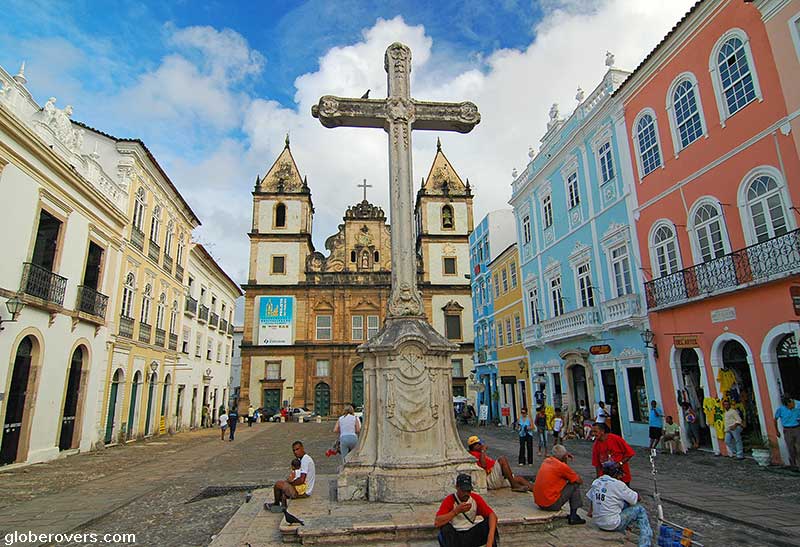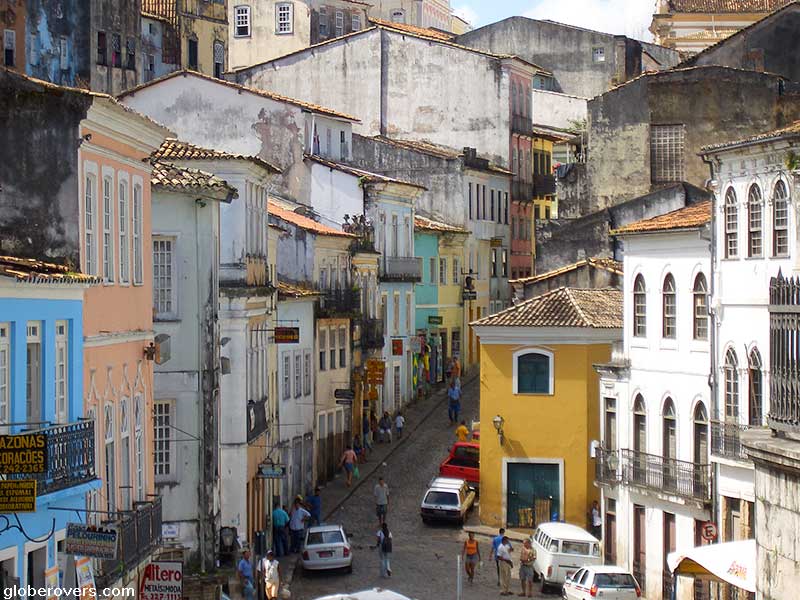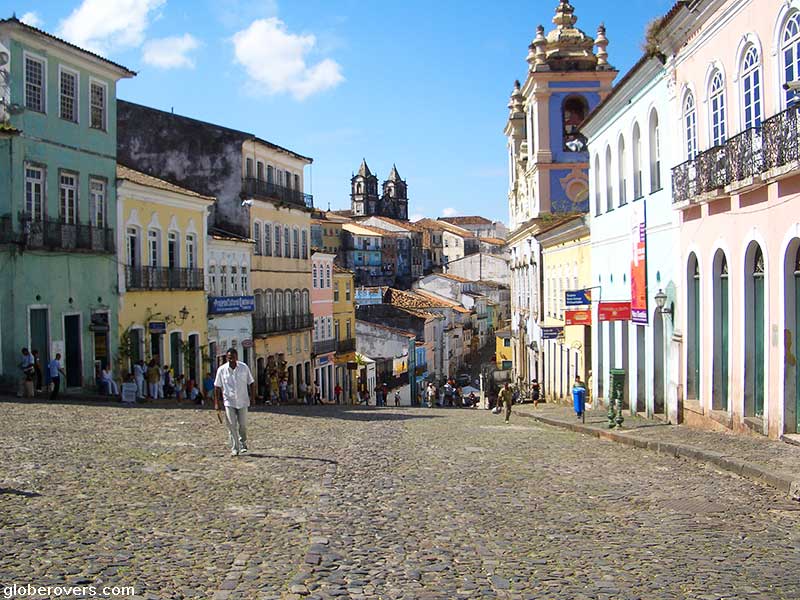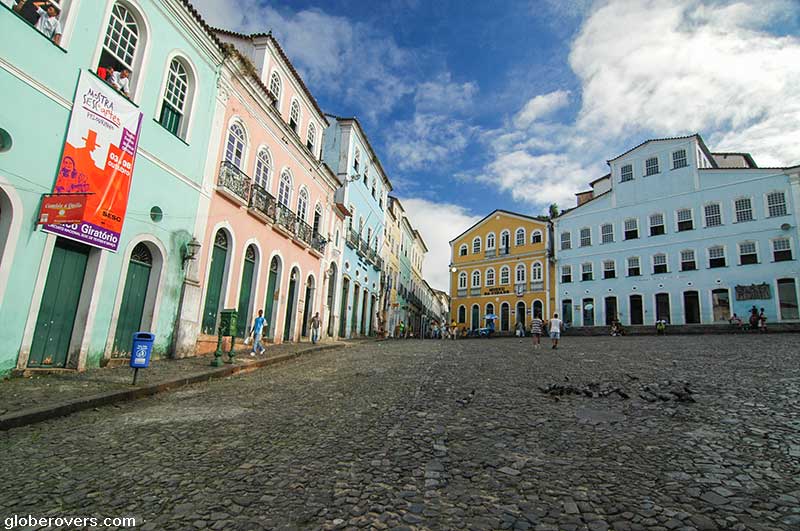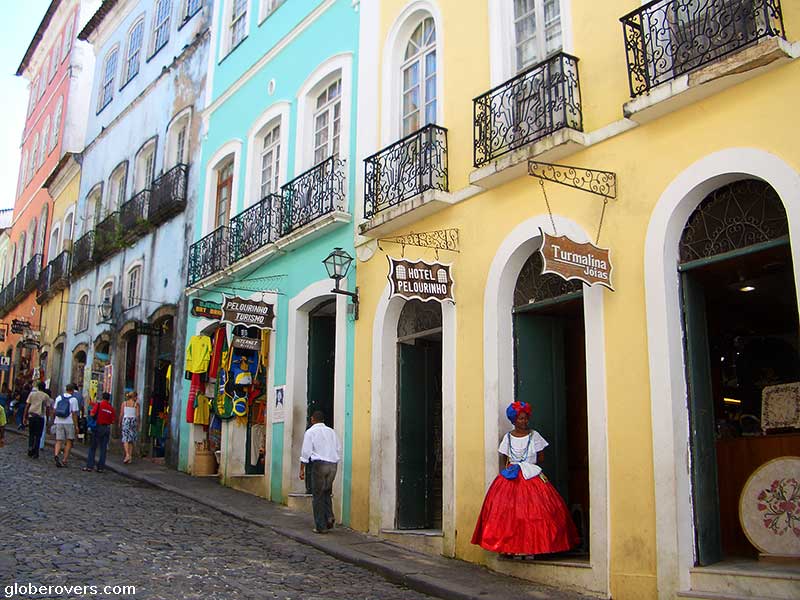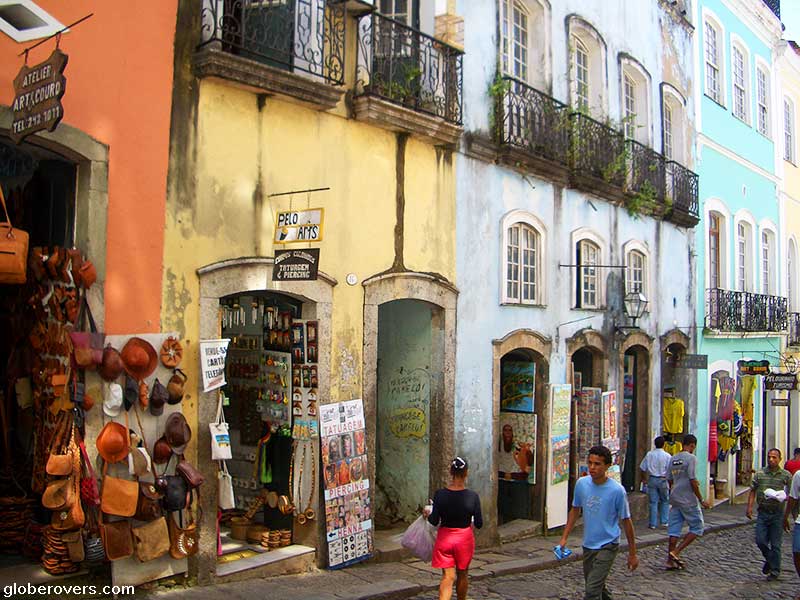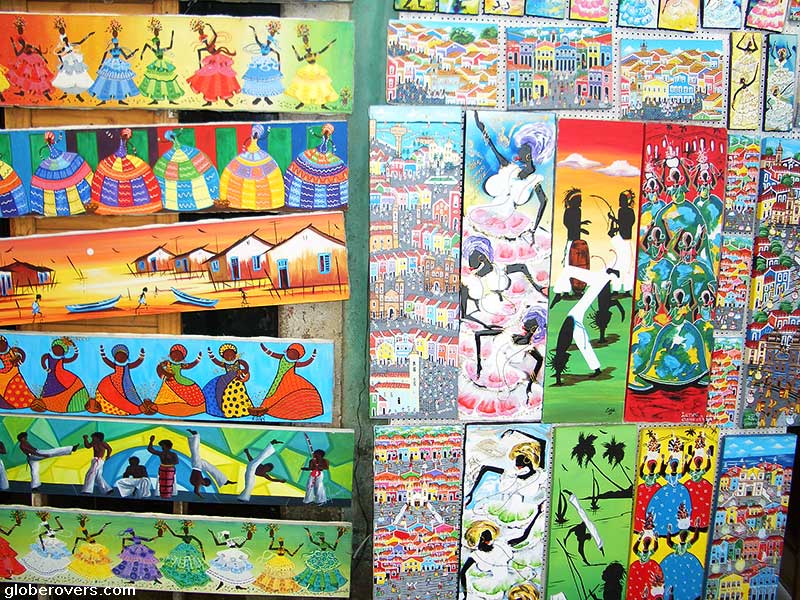
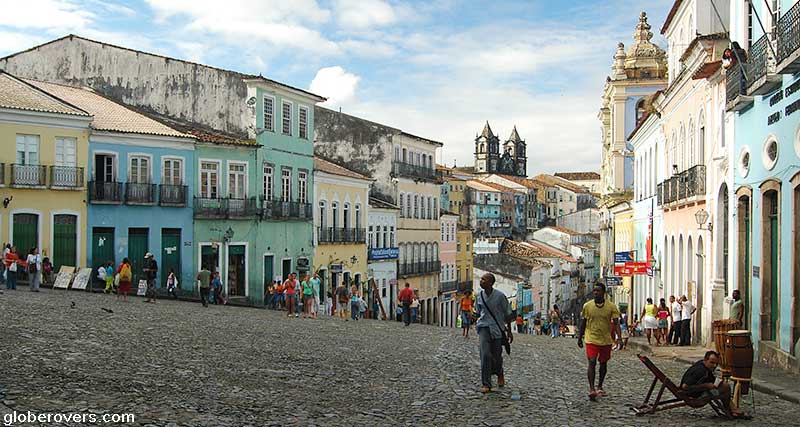
Historically known as Cidade de São Salvador da Bahia de Todos os Santos (City of the Holy Saviour of the Bay of all Saints), the city is popularly known as Salvador or just Bahia.
Founded by the Portuguese in 1549 as the first capital of Brazil, Salvador is one of the oldest colonial cities in the Americas. It lies along the northeast coast of Brazil.
Salvador has a distinctly African flavour and it is the African influence that makes Bahia the centre of Afro-Brazilian culture in Brazil. About half of the population can trace back their ancestral heritage to Africa and were primarily Yoruba speakers from Nigeria, Benin, Ghana, and Togo.

Salvador is also famous for its annual street carnival, Afro-Brazilian culture, spicy Bahian food, music, endless beaches, and the Portuguese colonial architecture in the town’s centre known as “Pelourinho”.
Salvador de Bahia is a laid-back town, known as Brazil’s “Capital of Happiness”
Pelourinho and its surrounding neighbourhoods abound with magnificent colonial palaces, churches and convents, most of them dating from the 17th and 18th centuries.
Several eateries serve up traditional authentic local cuisine made with spicy African ingredients – spicy Bahian food such as moqueca, acarajé and vatapá.
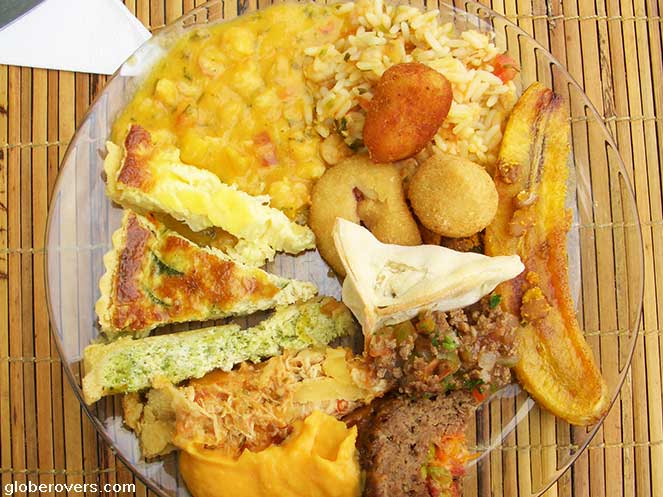
Spend a few days here (48 hours is more than enough) to enjoy the architecture, in particular at Largo do Pelourinho (a sloping triangle-shaped square), Convento de Igreja de São Francisco (built between 1708-1723) and museums such as the Museu da Cidade in Pelourinho. Watch the impromptu capoeira performances in streets and parks.
GETTING HERE: Comfortable long haul buses from Rio de Janeiro go north along the coast to Salvador. En route, make a few stops at some idyllic beaches with true Brazilian culture and character such as Ariel de Ajuda, Trancoso, and Porto Seguro. Alternatively, take the 2-hour flight from Rio. Around town take a taxi which is more convenient and safer. This is not a safe city so be careful.
☛ Read more: Posts of South America

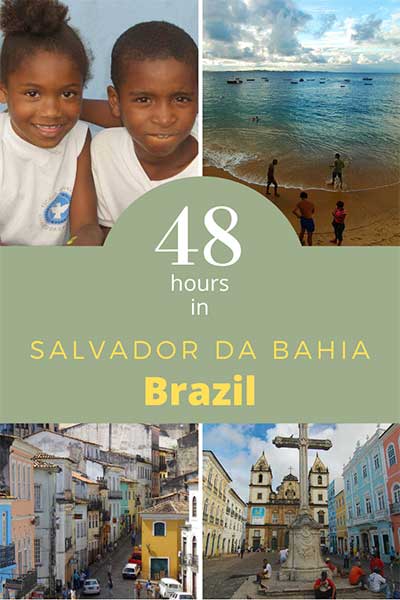

Blog post and photos by Peter who has been travelling almost full-time since 2005 and has been to over 122 countries. He visited several countries, such as Japan, more than 20 times. Peter is Editor-in-Chief and Publisher of GlobeRovers Magazine, an independent travel magazine focused on intrepid destinations.

